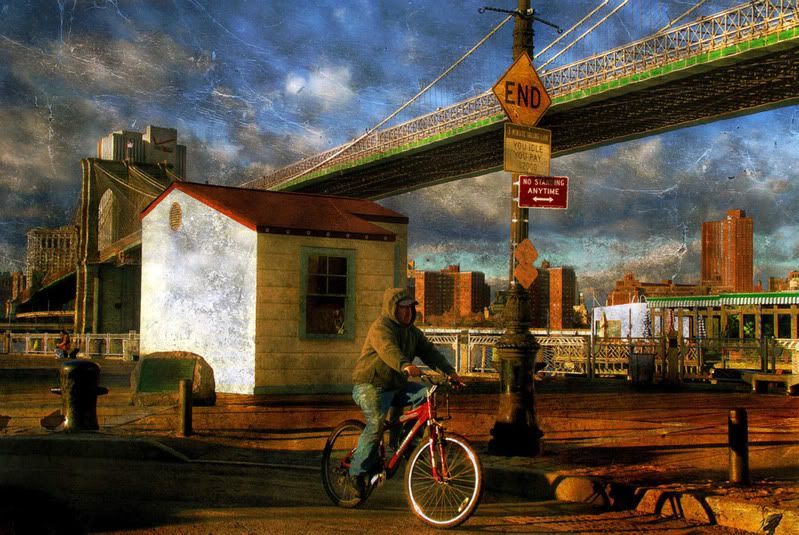
above image from an incredible photographer/artist called Skyshaper that I discover on Flickr Knickerbocker Village is viewable on the right
an excerpt from the Villager pf 12/10/08
Victor Papa is on a mission to save Chinatown and Little Italy.
Papa, president of the Two Bridges Neighborhood Council, wants to create the Chinatown and Little Italy Historic District as part of the State and National Register of Historic Places.
“We’re concerned development will wipe away the memory of all of this,” Papa said.
The State Historic Preservation Office gave Papa’s cause a lift several weeks ago by determining that the neighborhood is eligible to become a historic district. Both the tenement architecture and the area’s cultural and social history make the proposed district worth preserving, said Dan Keefe, SHiPO spokesperson.
“We’re elated,” Papa said of the state’s preliminary support. But he also couldn’t imagine it being otherwise. “How could it not be a historic district?” he said. “It is already a historic district in the minds of many, many people. It is appropriate that it be designated.”
The proposed district is a narrow rectangle roughly bordered on the north by Houston St., on the west by Mulberry and Baxter Sts., on the south by Worth St. and on the east by Elizabeth St. and the Bowery.
Papa highlighted the coexistence of Chinese and Italian immigrants in the district as a key piece of the city’s history. Italian and Chinese immigrants began settling along Mott and Mulberry Sts. in the mid-1800s. Although the two cultures stayed separate, the early immigrants shopped in each other’s stores and sometimes worshipped in the same churches, according to historian Kerri Culhane-Black, who prepared the proposal for Two Bridges.
Simeon Bankoff, director of the Historic Districts Council, also supports the designation of the district.
“There are definitely very important cultural and architectural buildings down there,” he said. The district would include Columbus Park, the location of the historic Five Points neighborhood. The area is also home to many settlement houses and old social associations, Bankoff said.
Unlike the city’s landmark districts, the state’s designation would not put any burdens on owners, since it does not prohibit demolition of buildings. Instead, property owners would be eligible for tax credits and matching funds to preserve their buildings.
Because it would offer incentives to preserve the district’s buildings, Papa hopes the designation will preserve some affordable housing, as well.


























No comments:
Post a Comment